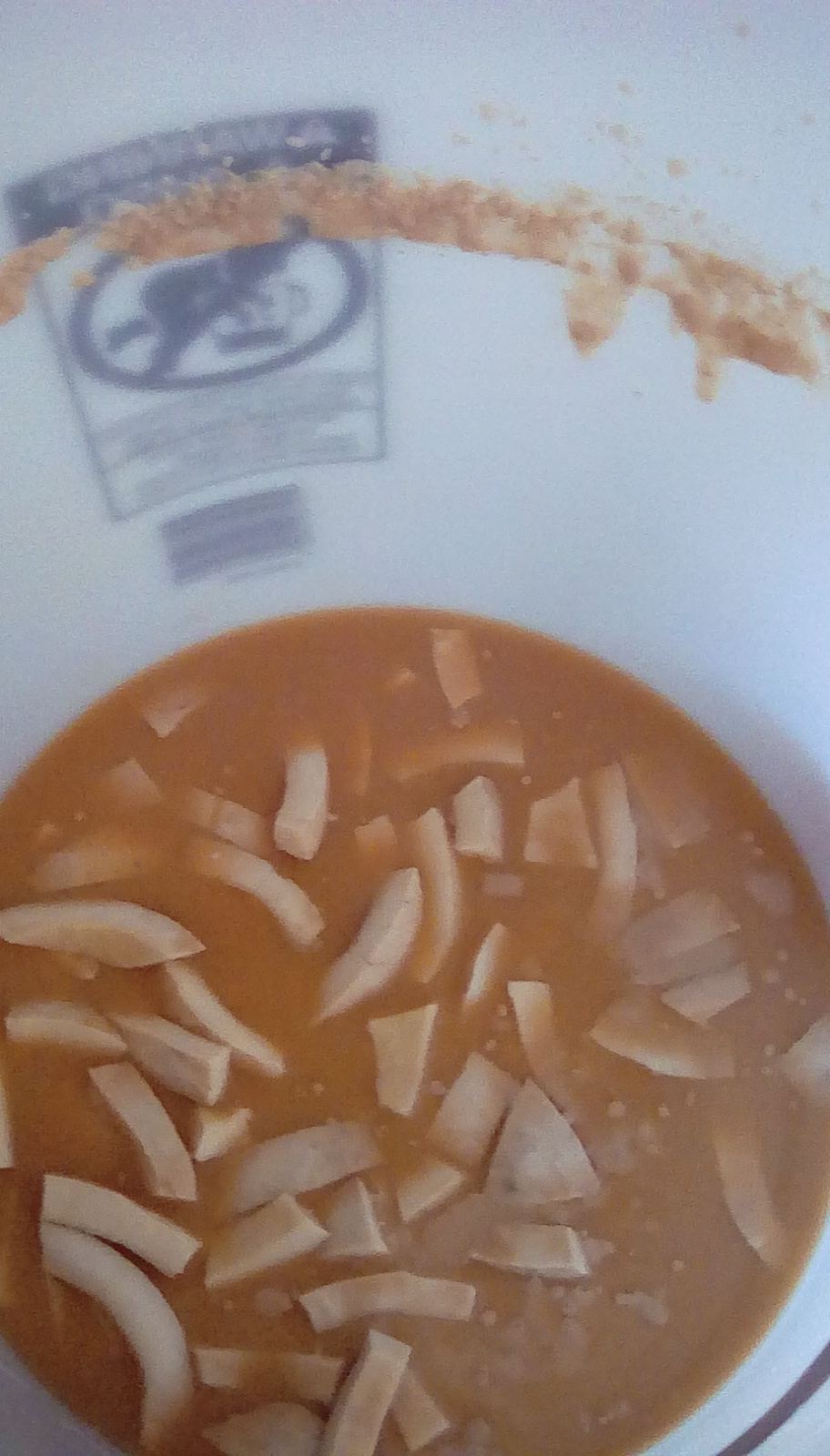Thanks for the advice! So if you don't add the coconut into secondary, and you keep it in primary longer, does the fact that I'm using a plastic fermentation bucket make a difference? That is my biggest hang up with leaving beer in primary. If I leave it in there long enough for things to settle, will the plastic container leak O2 in? How long can I leave it in the primary bucket before it becomes a problem? We don't have the funds to upgrade to stainless yet, which is my goal, but I have to make due with what I have. Would I just add the coconut after fermentation has slowed down?
You mentioned "bung" before, to lead the floss along, that would have pointed to using a carboy or so, plastic or glass, not a bucket.
A plastic bucket with a well fitting, well sealing, snapped on lid should not leak or significantly over a week (or 2).
Headspace in buckets can be fairly large.
Once you remove the entire lid to add your (bag with) coconut, you've got a wide open space. The CO2 in the headspace is pretty much gone by the time you close it. That's not the best way.
Instead, crack the lid on one side, just enough to slip the bag inside and re-close immediately to limit air ingress. You'd only need to slightly crack the lid to release the floss enough to periodically dunk it, once a day.
If you add the coconut toward the end of active fermentation, but still somewhat ongoing, it will create more CO2 to "replace" most that was lost. All good.
Another route is to add the coconut, loose, through the airlock hole, without lifting or cracking the lid, which can be a bit tricky. Then just swirl gently once or twice a day.
IF you are well versed with racking to a smaller secondary (carboy?)
without oxidizing, it remains an option. O2 exposure will probably be comparable to cracking the lid skillfully when all active fermentation has ceased.












































![Craft A Brew - Safale BE-256 Yeast - Fermentis - Belgian Ale Dry Yeast - For Belgian & Strong Ales - Ingredients for Home Brewing - Beer Making Supplies - [3 Pack]](https://m.media-amazon.com/images/I/51bcKEwQmWL._SL500_.jpg)













